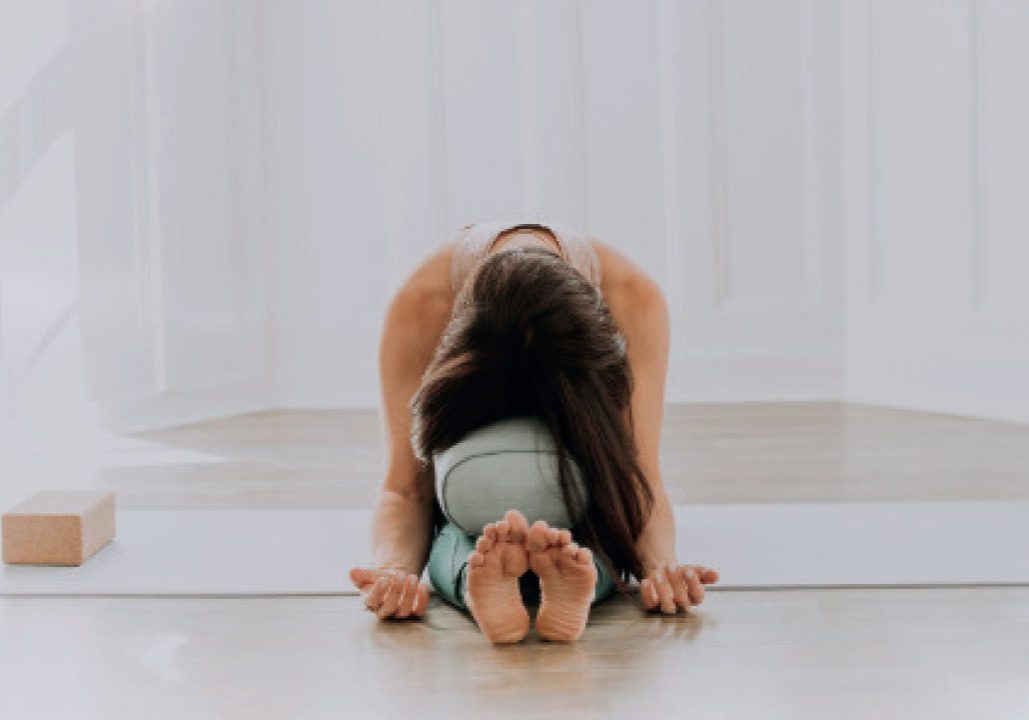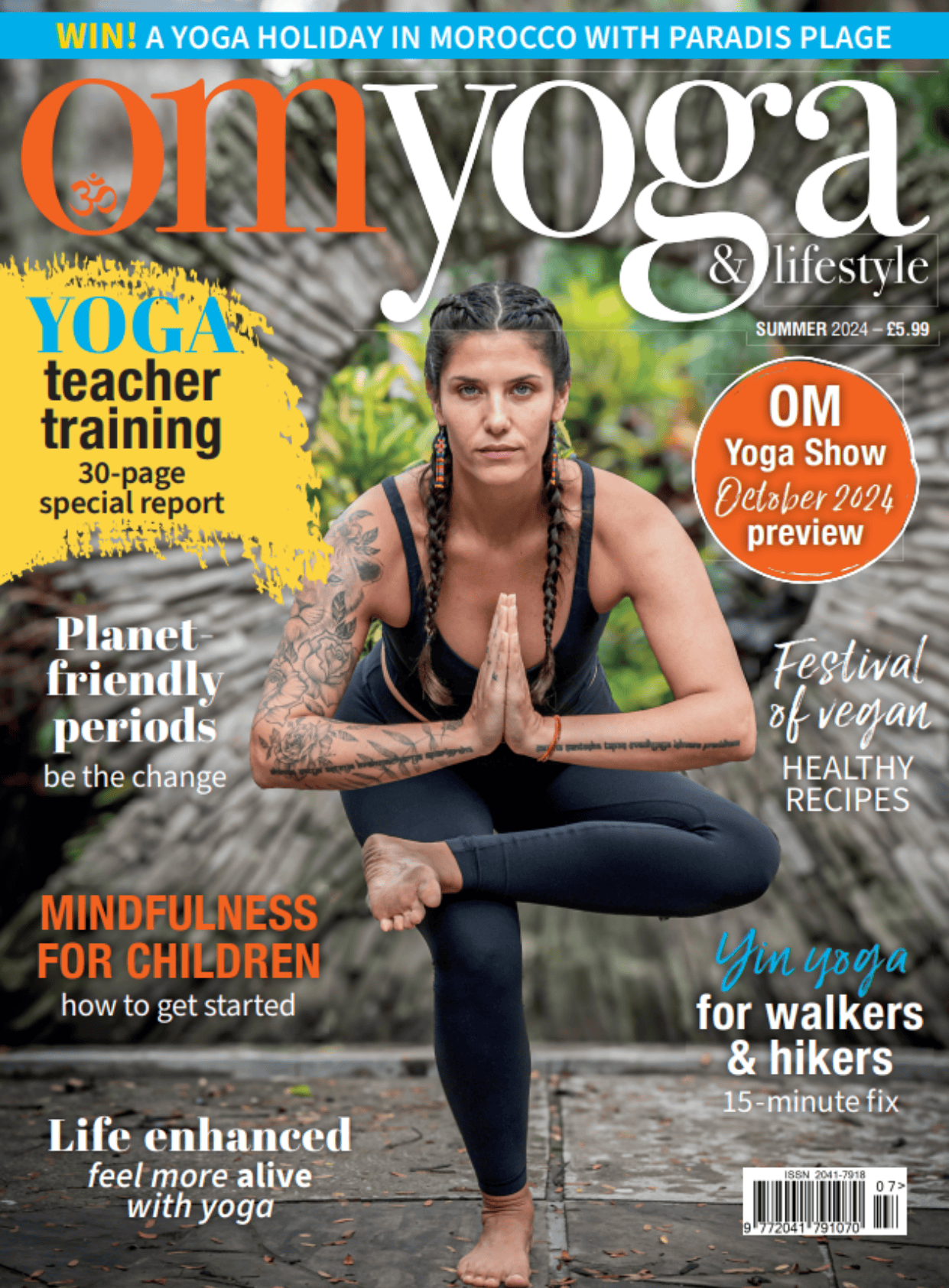
Creating a Safe Haven to Practice
You’ve rolled out your mat, tuned into your breath and moved with mindfulness but you
still can’t switch off. It might be your inner surveillance system at work.
By Emma Gwillim
Reading time: 4 minutes
I remember a teacher once saying: “if you can breathe, you can do yoga”. It’s one of the many beauties of this practice, that there’s a way for every body to explore yoga and there’s little you need to begin — simply the time and space. You can roll out a mat to practice asana in a quiet spot at home, outdoors in nature, in studios or church halls. You can sit and bring awareness to your breath before you get out of bed, in a meeting room, on public transport. The well-practiced could even attempt ‘focused concentration’ — dharana — in a room full of people. In theory, you could practice anywhere.
But have you ever had the experience of something feeling ‘off’? Your space is set out, maybe with calming music or a devotional candle, but you just can’t switch off. Or maybe you feel distracted and are going through the motions of asana but without really feeling it. You can’t put your finger on what exactly but, for some reason, you just can’t settle. Your body is talking.
To enjoy the presence that yoga can bring, your body — or, more specifically, your nervous system — needs to feel safe to relax. We often talk of the benefits of yoga in moving us into a parasympathetic state — the rest and digest mode — but, without a sense of safety, your body will remain in an activated state even while you practice.
Happening beyond our conscious awareness is a process called ‘neuroception’. The term, coined by scientist Dr Stephen Porges, refers to the way our body scans for perceived threat — internally, externally and inter-personally — and physiologically prepares to respond. Because it happens so efficiently, we can be unaware of what the perceived threat is but our nervous system reacts all the same.
Neuroception explains what happens when you get a ‘funny feeling’ about a place or a person from their body language or facial expression. These cues of safety or danger and threat are communicated ‘bottom up’ from the body to the brain via the vagus nerve. Neuroception might also explain why you feel like you can’t settle even when you’re in apparent safety.
As these cues taken from the external and internal environment are perceived, the sense of threat may not be real and present. Even though you are safe, your body may be preparing its response. Maybe you catch yourself holding your breath or breathing quickly. Or you’re frowning and notice your jaw is clenched tight.
You could feel fidgety and restless, and thoughts are scattered. The more you practice yoga, the more you become attuned to the body — to its sensations and signals. From a place of observing these responses during a yoga practice, you begin to build self awareness and insight into default responses. You become discerning of your body’s reactions and can consciously choose to cultivate a sense of safety.
As these cues of danger to the brain, it can also communicate safety: all is well. Over 80% of vagus nerve fibres are afferent, meaning they send bottom-up information from the body to the brain, so it’s often not effective to tell yourself to calm down. Instead, your body needs to feel calm and safe.
The wisdom of yoga gives us tools to cultivate this sense of safety internally — using the breath and posture. You can also look for cues of safety with others — thinking of a person or a pet that feels comforting, as well as in the external environment.
Perhaps you might give it a try right now — letting your eyes wander around your space to notice something that feels soothing or welcoming or pleasant in some way. What is it about that thing that tells you that? Often it can be a sense of warmth, or a softness of texture or a soothing colour, but it’s highly personal.
Though yoga can be practiced anywhere, a space where you feel safe can be really nourishing for your nervous system. It goes beyond lighting a candle in a quiet space in the house. You can create a haven that feels truly sacred to you, and to your hard-working nervous system, and that allows your body to feel truly safe and sound. It’s less about aesthetic and more the internal sense — removing a little clutter or fuss, adding in a soft blanket or having a photograph or memento of someone dear close by, creating a personal safe haven for your yoga practice.
Emma Gwillim is a trauma-informed yoga teacher, breathwork facilitator and coach. You can find out more at emmagwillim.uk, on Instagram and Insight Timer @emmagwillim.


